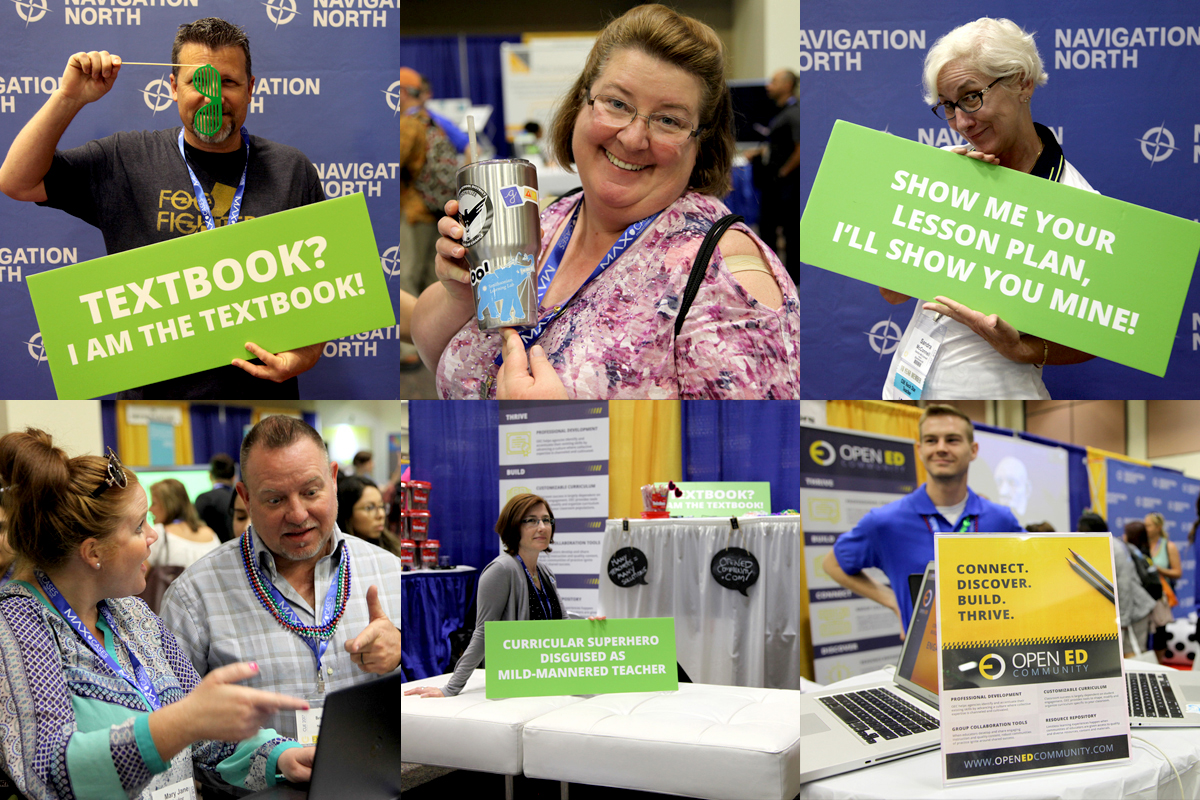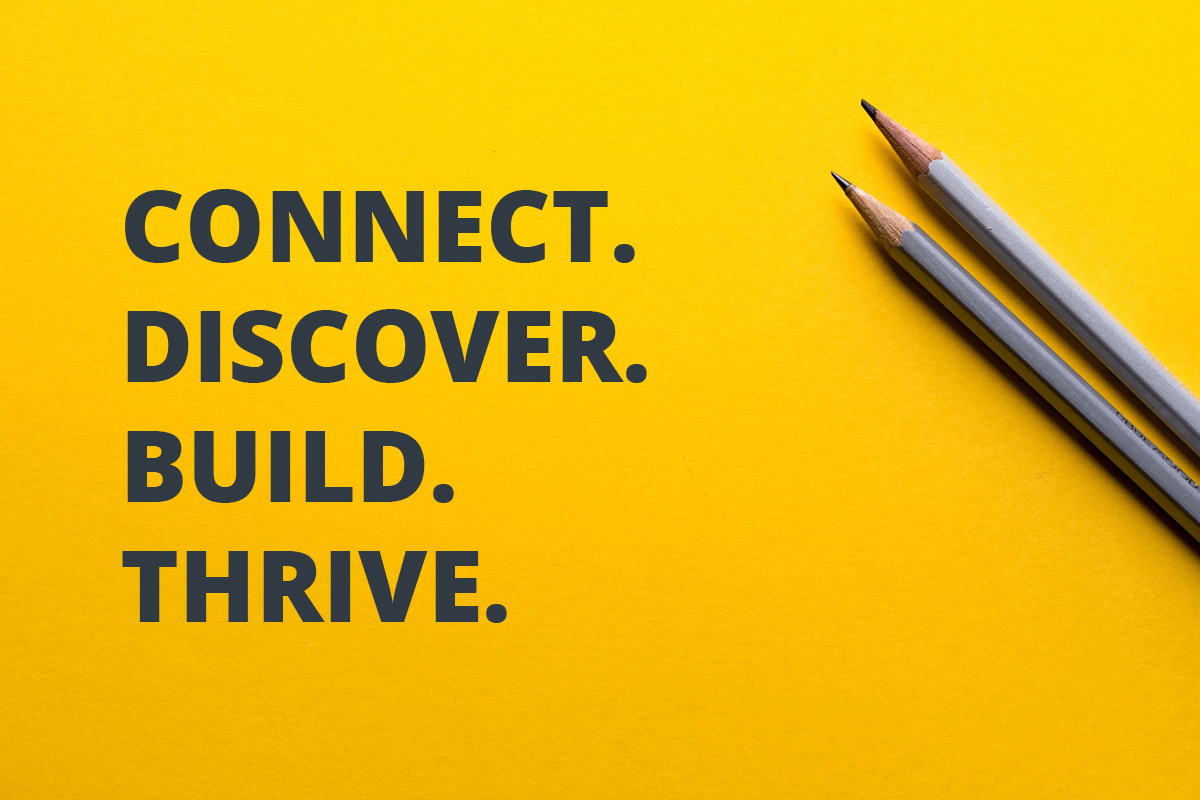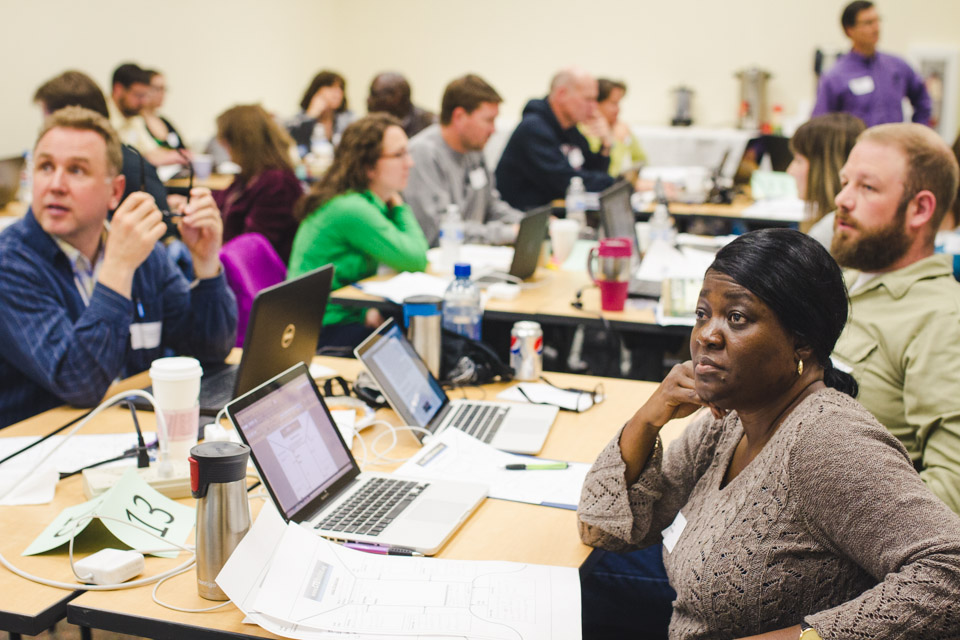Navigation North had a blast at CUE 2017!
Our team demonstrated some of the platforms we helped develop, including CTE Online, The Smithsonian Learning Lab, and Open ED Community. It was wonderful to meet so many different, creative, and excited teachers.
We were asked time and time again, “How is all this stuff free?!?”
Thank you to all the teachers who registered! We hope you find these free resources helpful in your classroom.

[fusion_builder_container hundred_percent=”yes” overflow=”visible” margin_top=”20px” margin_bottom=”” background_color=”rgba(255,255,255,0)”][fusion_builder_row][fusion_builder_column type=”1_1″ background_position=”left top” background_color=”” border_size=”” border_color=”” border_style=”solid” spacing=”yes” background_image=”” background_repeat=”no-repeat” padding=”” margin_top=”0px” margin_bottom=”0px” class=”” id=”” animation_type=”” animation_speed=”0.3″ animation_direction=”left” hide_on_mobile=”no” center_content=”no” min_height=”none”][fusion_separator style_type=”none” sep_color=”” border_size=”” icon=”” icon_circle=”” icon_circle_color=”” width=”” alignment=”center” class=”” id=””/]
We felt the Twitter love. #OERsuperhero
[/fusion_builder_column][/fusion_builder_row][/fusion_builder_container][fusion_builder_container hundred_percent=”yes” overflow=”visible” margin_top=”20px” margin_bottom=”” background_color=”rgba(255,255,255,0)”][fusion_builder_row][fusion_builder_column type=”1_1″ background_position=”left top” background_color=”” border_size=”” border_color=”” border_style=”solid” spacing=”yes” background_image=”” background_repeat=”no-repeat” padding=”” margin_top=”0px” margin_bottom=”0px” class=”” id=”” animation_type=”” animation_speed=”0.3″ animation_direction=”left” hide_on_mobile=”no” center_content=”no” min_height=”none”][fusion_separator style_type=”none” sep_color=”” border_size=”” icon=”” icon_circle=”” icon_circle_color=”” width=”” alignment=”center” class=”” id=””/]
[/fusion_builder_column][/fusion_builder_row][/fusion_builder_container][fusion_builder_container hundred_percent=”yes” overflow=”visible”][fusion_builder_row][fusion_builder_column type=”1_1″ background_position=”left top” background_color=”” border_size=”” border_color=”” border_style=”solid” spacing=”yes” background_image=”” background_repeat=”no-repeat” padding=”” margin_top=”0px” margin_bottom=”0px” class=”” id=”” animation_type=”” animation_speed=”0.3″ animation_direction=”left” hide_on_mobile=”no” center_content=”no” min_height=”none”][irp posts=”7472″ name=”Navigation North Announces New Open Educational Resources Platform”]
[fusion_separator style_type=”none” top_margin=”20″ bottom_margin=”” sep_color=”” border_size=”” icon=”” icon_circle=”” icon_circle_color=”” width=”” alignment=”center” class=”” id=””/]
[fusion_builder_row_inner][fusion_builder_column_inner type=”1_2″ spacing=”yes” last=”no” center_content=”no” hide_on_mobile=”no” background_color=”” background_image=”” background_repeat=”no-repeat” background_position=”left top” link=”” hover_type=”none” border_position=”all” border_size=”0px” border_color=”” border_style=”solid” padding=”” margin_top=”” margin_bottom=”” animation_type=”0″ animation_direction=”down” animation_speed=”0.1″ animation_offset=”” class=”” id=””]
As a teacher who has NEVER taught out of a textbook, I approve 😂 #cue17 #smithsonian #edtech #cue17expo #oer @openEDcommunity pic.twitter.com/l79Ivh61pg
— Vanessa Vosburg (@MissVTechie) March 17, 2017
Congratulations to the winners from us back in Washington DC! #CUE2017 https://t.co/omtBUCIkMe
— Learning Lab (@SmithsonianLab) March 17, 2017
[/fusion_builder_column_inner]
[/fusion_builder_column][fusion_builder_column type=”1_2″ spacing=”yes” last=”yes” center_content=”no” hide_on_mobile=”no” background_color=”” background_image=”” background_repeat=”no-repeat” background_position=”left top” link=”” hover_type=”none” border_position=”all” border_size=”0px” border_color=”” border_style=”solid” padding=”” margin_top=”” margin_bottom=”” animation_type=”0″ animation_direction=”down” animation_speed=”0.1″ animation_offset=”” class=”” id=””]
We know how to have fun in booth 513! #CUE17 #OERsuperhero pic.twitter.com/rVKvWH7DSp
— Navigation North (@NavNorth) March 17, 2017
[/fusion_builder_column]
We gave away decks of the limited edition Curio Smithsonian Learning Lab collectible card game, countless stickers, green swag and temporary tattoos for St. Patty’s Day, t-shirts, blow up dice, and more.
Not to brag, but our booth was the fun booth. Duh!


[fusion_builder_column type=”1_1″ background_position=”left top” background_color=”” border_size=”” border_color=”” border_style=”solid” spacing=”yes” background_image=”” background_repeat=”no-repeat” padding=”” margin_top=”0px” margin_bottom=”0px” class=”” id=”” animation_type=”” animation_speed=”0.3″ animation_direction=”left” hide_on_mobile=”no” center_content=”no” min_height=”none”][fusion_separator style_type=”none” top_margin=”20″ bottom_margin=”” sep_color=”” border_size=”” icon=”” icon_circle=”” icon_circle_color=”” width=”” alignment=”center” class=”” id=””/]
[/fusion_builder_column][fusion_builder_column type=”1_1″ background_position=”left top” background_color=”” border_size=”” border_color=”” border_style=”solid” spacing=”yes” background_image=”” background_repeat=”no-repeat” padding=”” margin_top=”0px” margin_bottom=”0px” class=”” id=”” animation_type=”” animation_speed=”0.3″ animation_direction=”left” hide_on_mobile=”no” center_content=”no” min_height=”none”][irp posts=”7049″ name=”4 Reasons Students Love The Smithsonian Learning Lab”]
[fusion_separator style_type=”none” top_margin=”20″ bottom_margin=”” sep_color=”” border_size=”” icon=”” icon_circle=”” icon_circle_color=”” width=”” alignment=”center” class=”” id=””/]
To see more photos from the conference, visit our Facebook page.
[fusion_separator style_type=”none” top_margin=”20″ bottom_margin=”” sep_color=”” border_size=”” icon=”” icon_circle=”” icon_circle_color=”” width=”” alignment=”center” class=”” id=””/]
 [/fusion_builder_column][/fusion_builder_row][/fusion_builder_container]
[/fusion_builder_column][/fusion_builder_row][/fusion_builder_container]





















